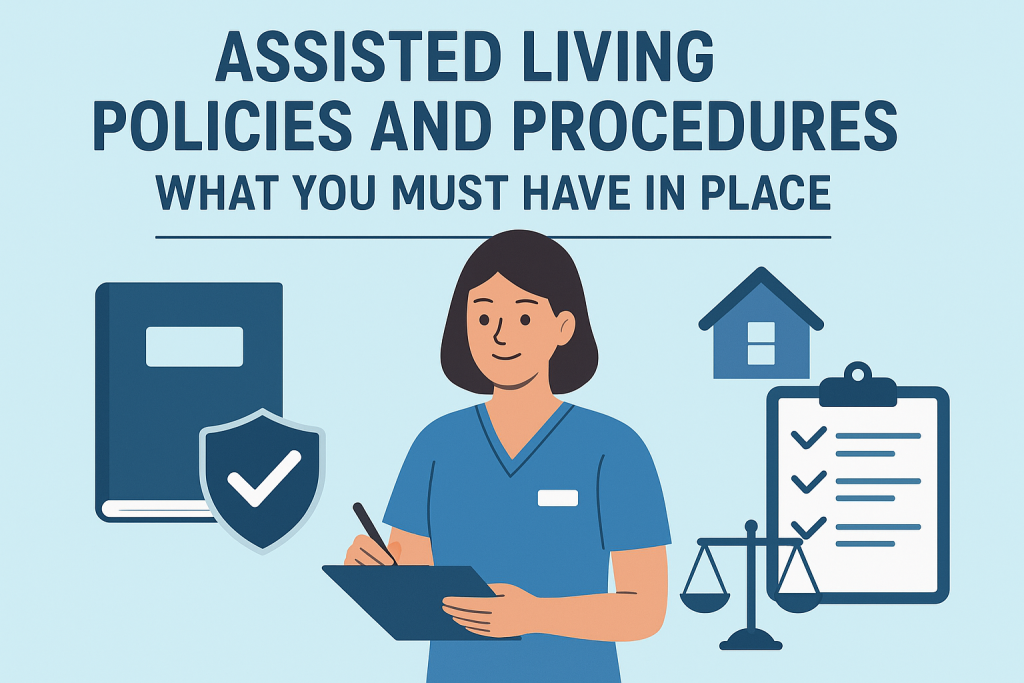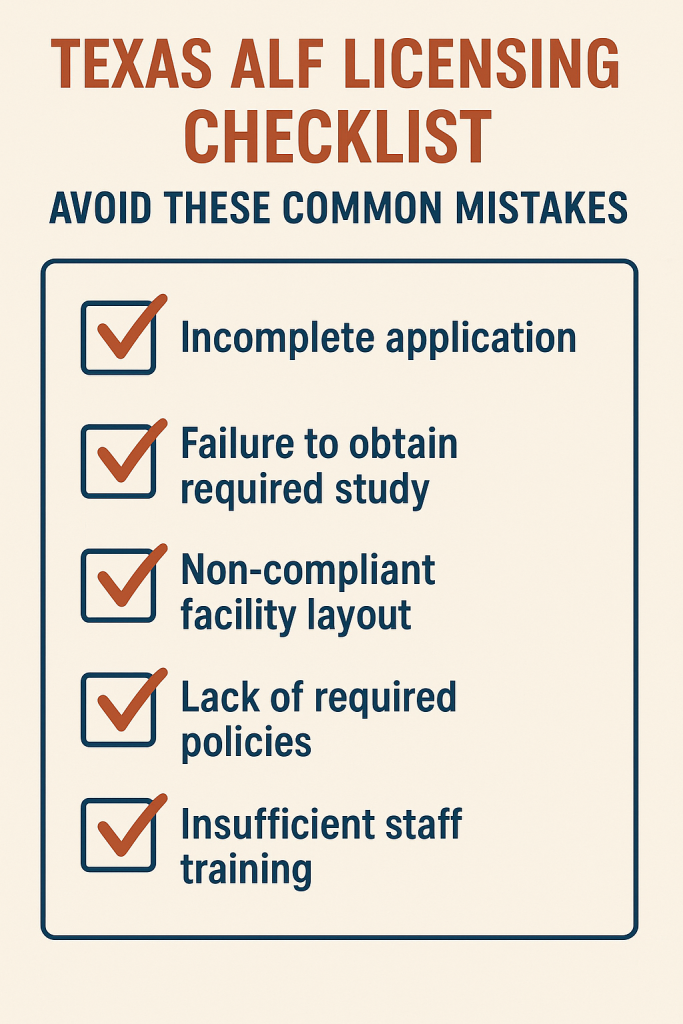Compliance & Inspections in Assisted Living Facilities: A Complete Guide
Compliance is the foundation of a safe, high-quality assisted living facility. Whether you run a small home or a larger community, staying compliant protects your residents, your license, and your reputation. State agencies conduct regular inspections to make sure every facility meets the required standards. Understanding how these inspections work—and how to prepare—helps you stay ahead and avoid costly citations.
Why Compliance Matters
Assisted living facilities care for some of the most vulnerable people. Regulations exist to ensure:
-
Residents receive safe and appropriate care
-
Staff follow proper procedures
-
Medications are handled correctly
-
The facility environment is secure, clean, and hazard-free
-
Owners and administrators meet licensing requirements
Strong compliance shows families, referral sources, and inspectors that your facility is committed to quality.
Types of Inspections
1. Initial Licensing Inspection
Before opening your doors, every facility must pass an initial survey. Inspectors verify:
-
Building safety standards
-
Policy and procedure manuals
-
Staffing qualifications
-
Emergency plans
-
Medication storage setup
-
Resident admission paperwork templates
Passing this inspection allows you to officially operate.
2. Routine/Annual Inspections
Most states conduct unannounced annual or biannual surveys. During these visits, inspectors review:
-
Resident records
-
Medication administration documentation
-
Staff files
-
Care plans
-
Dietary services
-
Incident reports
-
Infection control practices
-
Physical environment and housekeeping
These inspections ensure your operations continue to meet all regulatory requirements.
3. Complaint Inspections
If someone files a complaint—like a family member, staff, or hospital—inspectors may come unannounced. They investigate issues such as:
-
Neglect
-
Improper medication handling
-
Resident rights violations
-
Unsafe living conditions
-
Staffing concerns
Complaint investigations must be taken seriously and addressed quickly.
4. Follow-Up Inspections
If your facility received deficiencies during an inspection, regulators may return to verify that your corrective actions were completed.
What Inspectors Commonly Review
While every state is different, most compliance checks focus on:
1. Resident Care
-
Care plans updated regularly
-
Proper supervision
-
Assistance with activities of daily living
-
Accurate assessments
-
Documentation of changes in condition
2. Medication Management
One of the biggest areas of citations:
-
Correct administration or assistance procedures
-
Proper MAR documentation
-
Expired medications
-
Secure storage
-
Staff training
3. Staff Training & Records
Inspectors check:
-
Level 2 background screening
-
Required training hours
-
CPR/First Aid certifications
-
Job descriptions and competency checks
4. Environment & Safety
-
Fire safety systems
-
Emergency exits
-
Cleanliness
-
Pest control
-
Water temperatures
-
Food safety
5. Resident Rights
Facilities must show they protect resident privacy, dignity, and independence.
How to Prepare for Inspections
1. Maintain Daily Compliance
Don’t wait for inspection season—good compliance is a daily habit.
2. Keep Documentation Ready
Make sure:
-
MARs are clean and accurate
-
Resident files are complete
-
Staff training records are up to date
3. Conduct Internal Audits
Review paperwork, walk the facility, and check medication systems weekly.
4. Train Your Staff
Your team should know:
-
How to answer inspector questions calmly
-
Where records are kept
-
Emergency procedures
-
Resident care protocols
5. Fix Issues Immediately
Even small problems like missing signatures or unlocked cabinets can lead to citations.
Common Citations in Assisted Living Facilities
-
Missing or incomplete care plans
-
Improper medication documentation
-
Staff working without required training
-
Unsafe conditions (clutter, broken equipment)
-
Lack of infection control
-
Incomplete incident reporting
Avoiding these requires strong systems and regular checks.
Responding to a Deficiency
If inspectors find issues, you must create a Plan of Correction (POC) that clearly states:
-
What went wrong
-
How you fixed it
-
How you’ll prevent it from happening again
-
Who is responsible
-
When it will be corrected
Submitting a strong POC helps you avoid penalties and keep your license in good standing.
Compliance is not a one-time task—it’s an ongoing commitment. By understanding inspections, training your staff, and building strong systems, your assisted living facility can stay compliant, avoid citations, and provide a safe, caring home for your residents.



